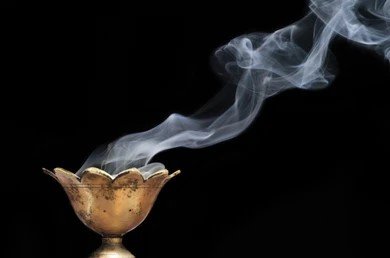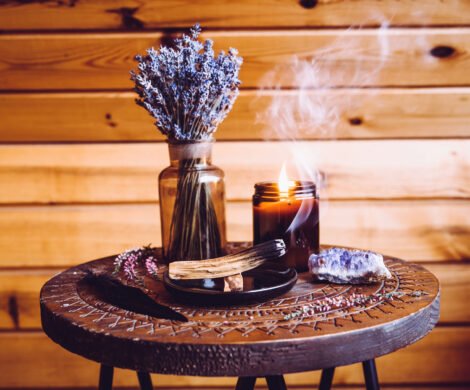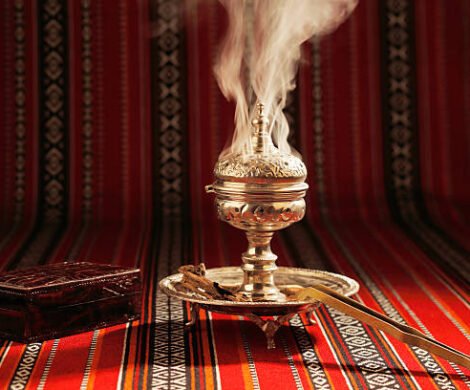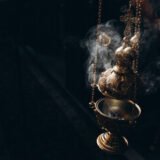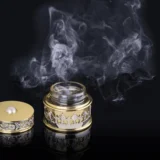What Aromatic Compounds Give Bakhoor Oud Its Distinctive Fragrance?
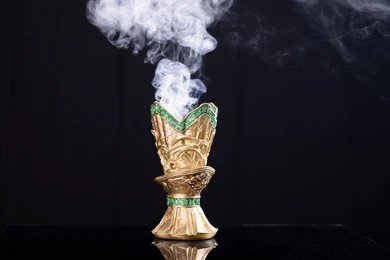
The world of fragrance is vast and varied, yet few scents are as evocative and revered as Bakhoor Oud. This cherished aromatic is not just a sensory delight but a cultural symbol with deep roots in Middle Eastern traditions. The distinctive fragrance of Bakhoor Oud is a complex symphony of aromatic compounds, each contributing to its unique profile. In this article, we will explore the key compounds that give Bakhoor Oud its characteristic scent and how these interact with traditional attar to enhance the overall olfactory experience.
The Essence of Bakhoor Oud
Understanding Bakhoor
Bakhoor refers to wood chips, typically agarwood, soaked in fragrant oils and sometimes blended with other natural ingredients such as resins, gums, and essential oils. When burned, these chips release a rich and aromatic smoke that fills the air with an enchanting scent. The primary ingredient in Bakhoor is Oud, also known as agarwood, which is prized for its deep, woody aroma.
Origins of Oud
Oud is derived from the heartwood of Aquilaria trees, which produce a dark, resinous wood as a response to infection by a specific type of mold. This resinous heartwood is what gives Oud its distinctive fragrance. The scent of Oud is complex, with earthy, woody, and sweet notes, often described as deeply sensual and meditative.
Enhancing Bakhoor Oud with Attar
The Role of Attar
Attar, or ittar, is a traditional perfume made from natural botanical sources through a process of steam distillation. It is often used in combination with Bakhoor to enrich the fragrance experience. Attars are pure and potent, capturing the essence of flowers, herbs, and woods, and are prized for their complexity and depth.
Synergistic Effects
When used alongside Bakhoor Oud, attars can enhance and complement the aromatic profile. For instance, a rose attar can add a floral sweetness that balances the deep, woody notes of Oud. Similarly, a sandalwood attar can enhance the creamy, woody aspects, creating a more rounded and harmonious scent.
Cultural Significance
In many Middle Eastern cultures, the use of attar with Bakhoor is a time-honored tradition. It represents not just a fragrance choice but a cultural expression, where the combination of these scents is used in rituals, celebrations, and daily life to create an atmosphere of luxury and spiritual connection.
The Sensory Impact of Bakhoor Oud
A Multilayered Experience
The fragrance of Bakhoor Oud is not static; it evolves over time, offering a multilayered experience. Initially, the bright and citrusy notes from compounds like Valencene and Beta-Elemene create an inviting and uplifting aroma. As the Bakhoor continues to burn, the deeper, resinous notes from Agarospirol and Jinkoh-eremol emerge, providing a warm and meditative ambiance. The presence of 2-(2-phenylethyl)chromone ensures a lingering sweetness that ties the entire scent profile together.
Emotional and Psychological Effects
Conclusion: The Magic of Bakhoor Oud
The distinctive fragrance of Bakhoor Oud is a result of a complex interplay of aromatic compounds, each contributing to its unique profile. From the deep, woody notes of Agarospirol and Jinkoh-eremol to the sweet and floral accents of 2-(2-phenylethyl)chromone, Bakhoor Oud offers an authentic and immersive scent experience. When combined with traditional attars, this fragrance is elevated to new heights, creating a rich and multifaceted aroma that is both culturally significant and deeply personal.
Whether you are a seasoned fragrance enthusiast or new to the world of Oud, exploring the aromatic compounds that make Bakhoor Oud so special can deepen your appreciation for this ancient and cherished scent. As you burn Bakhoor and inhale its enchanting aroma, you are not just experiencing a fragrance, but a tradition that has been passed down through generations, connecting you to a rich cultural heritage.

